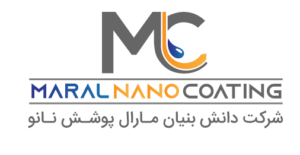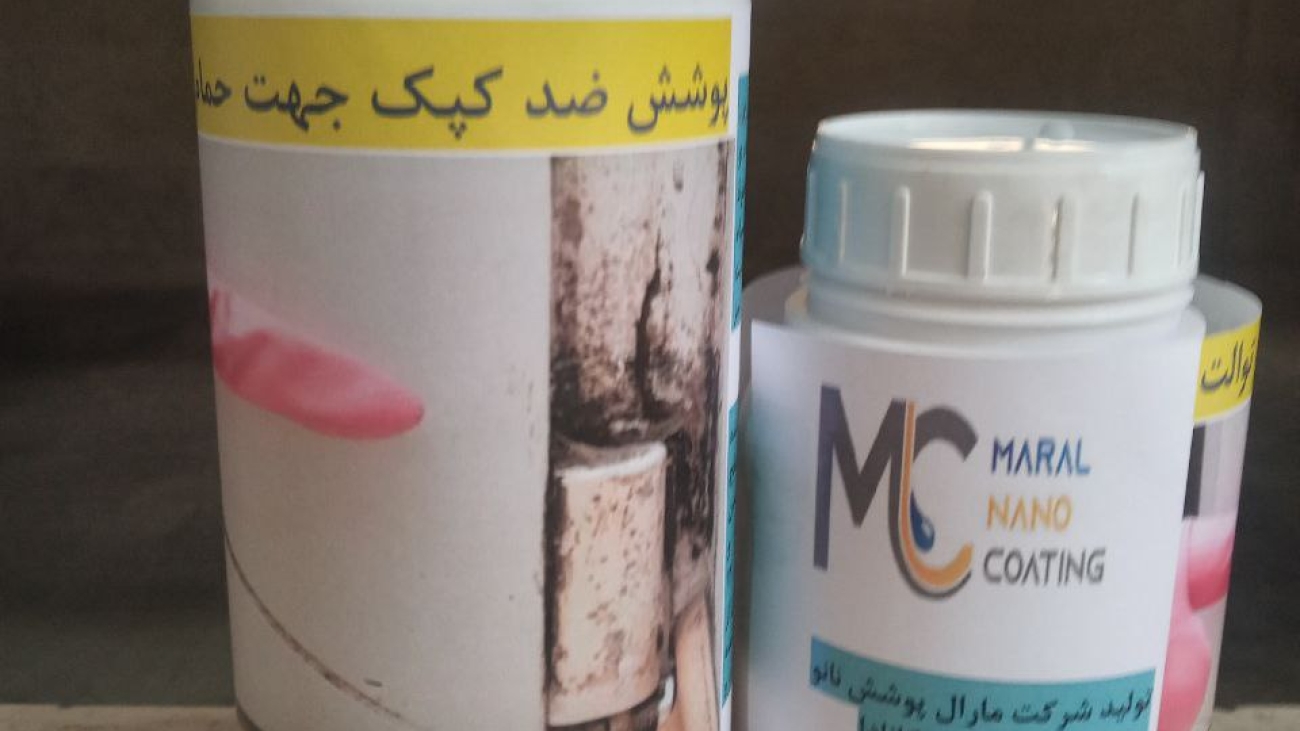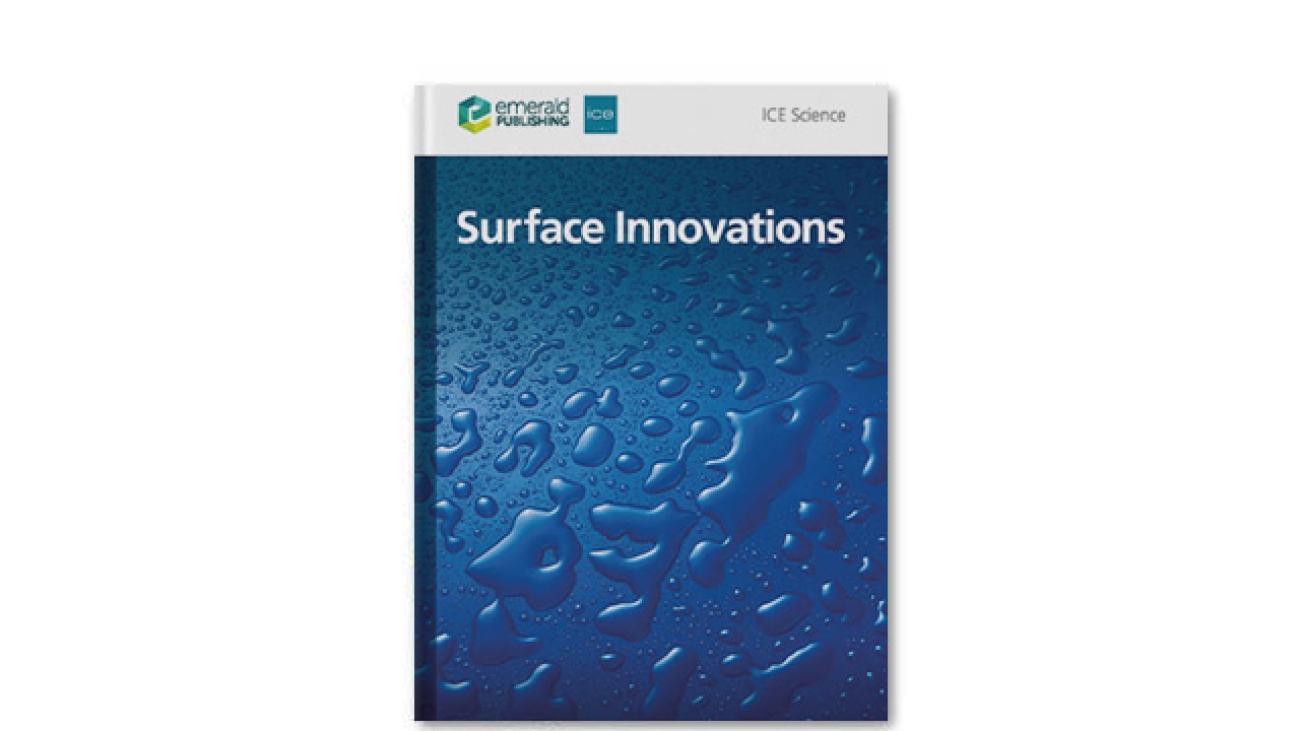Anti-mold paint for bathrooms and toilets is a type of specialized paint that is specifically designed to resist the growth of mold and fungus. This type of paint usually contains anti-fungal additives that prevent the growth of mold in wet and humid environments such as bathrooms and toilets.
The main features of anti-mold paint are:
1. Protection against moisture: This paint has waterproof properties that reduce the penetration of moisture into the walls and create a protective surface that makes it difficult for mold to grow.
2. Resistance to mold and fungus: There are special chemical additives in these colors that prevent the growth of mold and fungi.
3. Durability and stability: Because of their special formula, anti-mold paints usually last longer than regular paints and reduce the need for repainting.
4. Easy to clean: These paints usually create a smooth surface that is easy to wipe and clean.
5. Beauty and variety of color: despite the specific technical features, these paints are available in a wide range of colors and coatings that can help to decorate the bathroom and toilet.
For best results, it is necessary to clean and dry the wall surface before use and remove any previous mold. It is also important to follow the manufacturer’s recommendations regarding application conditions, temperature and drying time to achieve the best results.
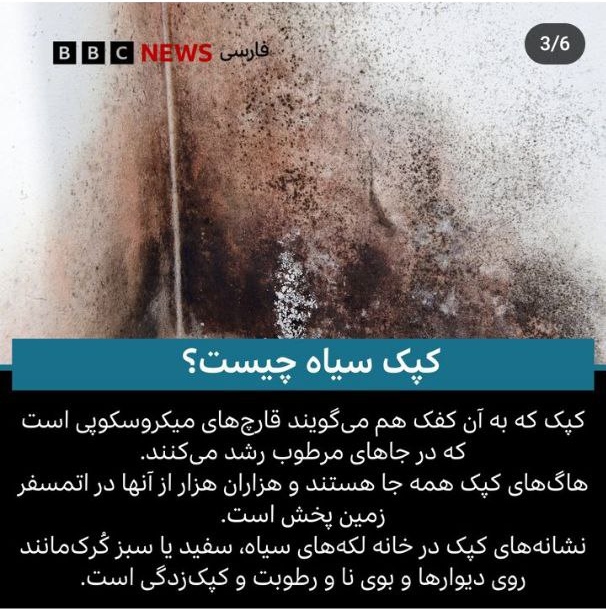
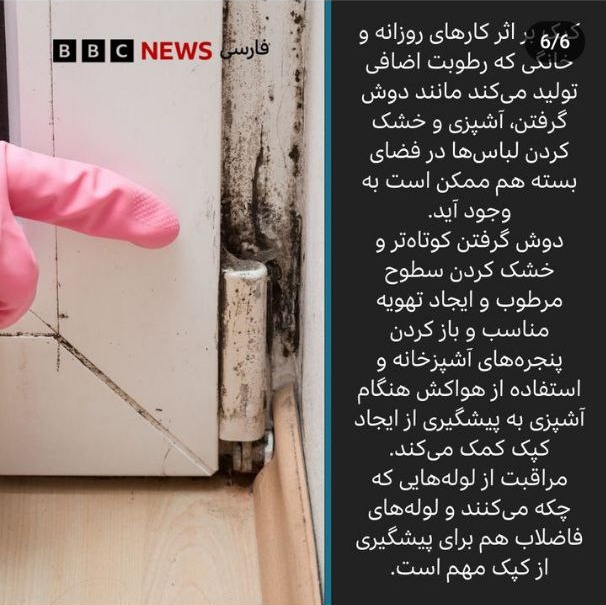
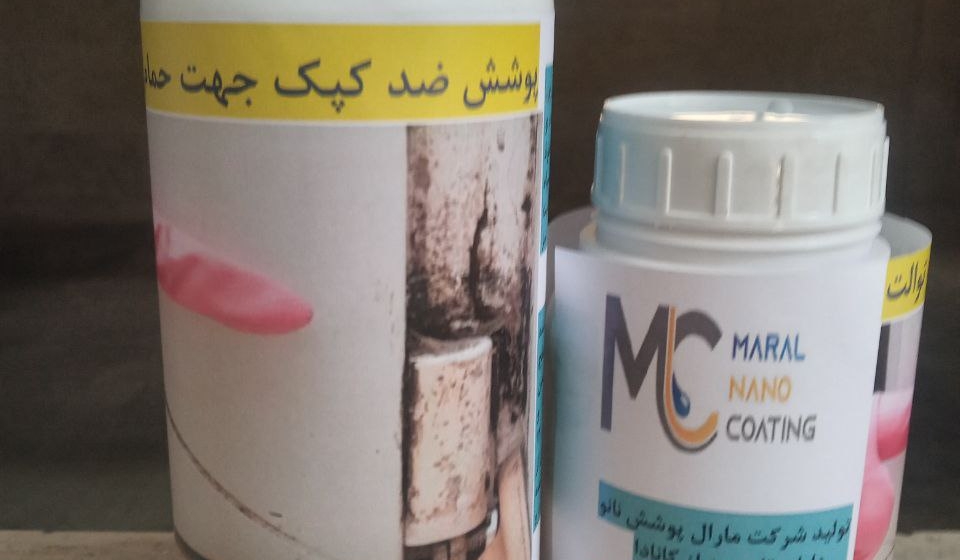
To read more about this, you can refer to the BBC report from the direct link.
